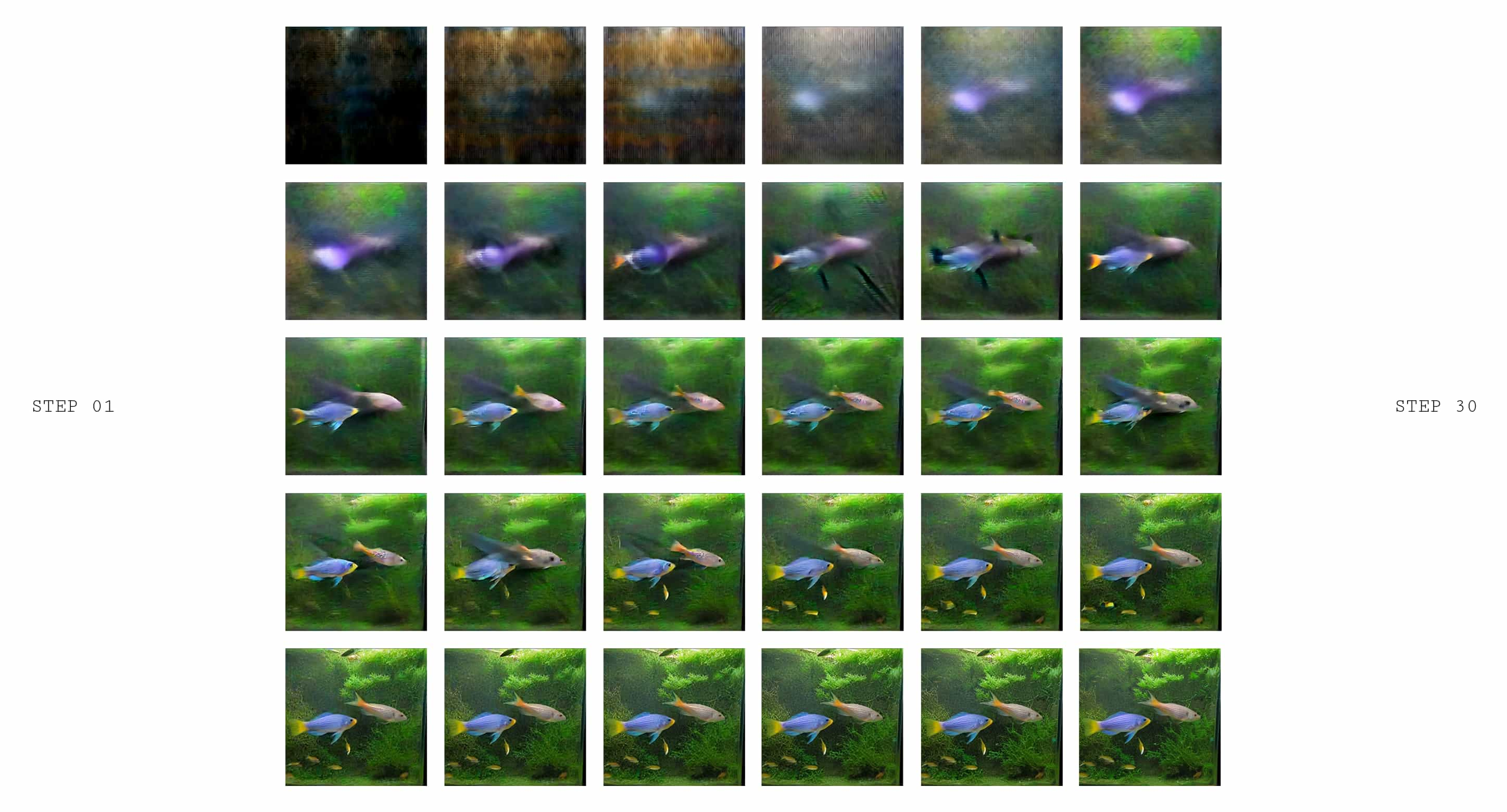
WEEK 10
SAMPLING PROCESS
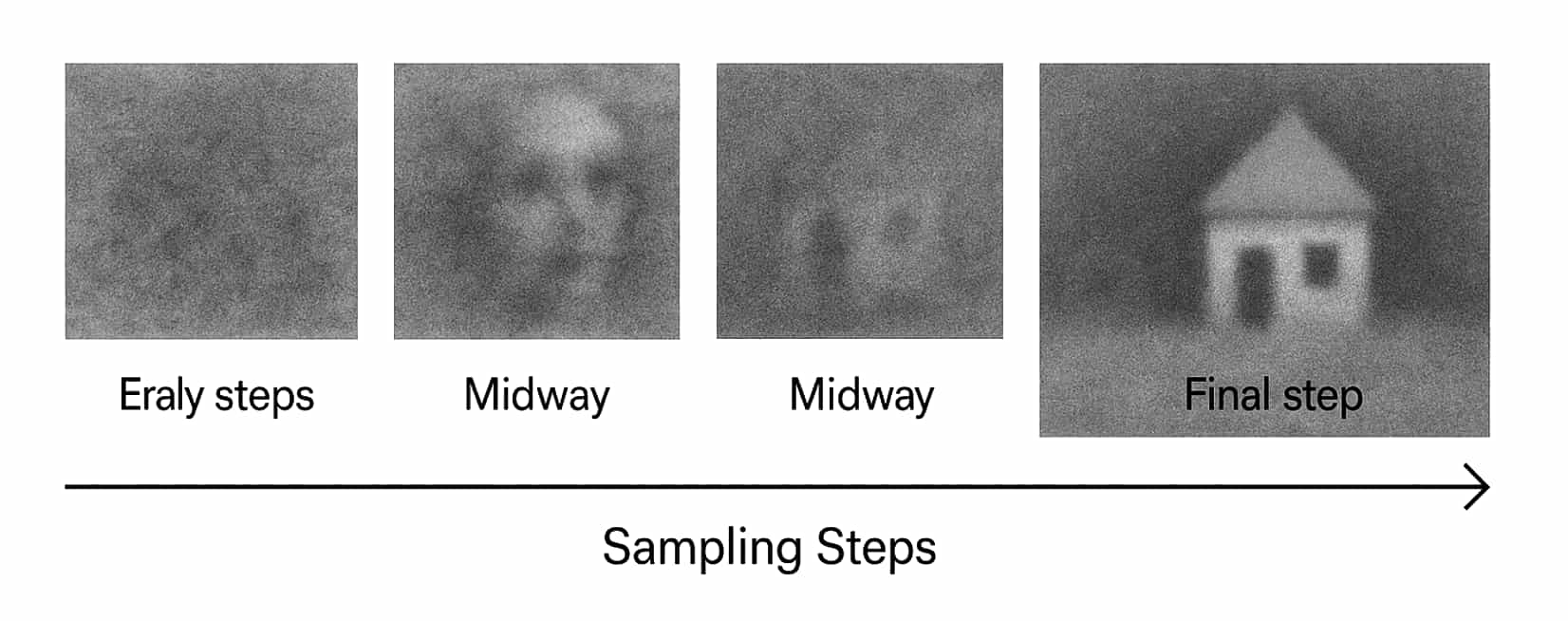
Live-time images during sampling
Live Preview Images
This week, I developed an additional process that I’d like to incorporate as another layer into the main installation, along with a shift in direction for my Interactive Setup.
Along fine-tuning the workflow, I have discovered that I could enable the live preview images of the sampling process. These live preview images are images that are created when the AI gradually refines the image step by step, making tweaks and adjustments in each round.
When the AI generates an image from the prompt, it doesn’t begin as a simple outline, but rather it starts from a pure nose, like TV static. Imagine the steps parameter in the sampling process functions as more like a staircase for the machines to take, for it to reach the final destination, which is the final image generation.
The parameter is inputted as a number value. The higher the value, the more detailed the final image will be, whereas lower values gives off a more unpolished image, which can be called as “half-baked” images. Overall, the sampling process shows the image unfolding in the live preview, from random noise to a clear image.
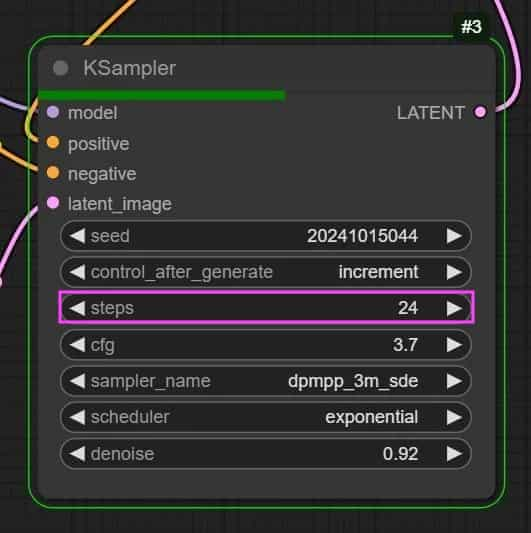
The parameter can be controlled in the KSampler node




Ghostly Figures during sampling
Ghostly Images
As I was gathering and recording the live-time process, I found something unexpectedly eerie about it. On the initial step, which is the first image that it generates when it is processing the final image, the outcomes somehow always appears unexpected. There are figures that are irrelevant to the prompts, like a human face.
These ghostly figures, somehow only appears during the first step. I found it scary yet interesting at the same time.
Is it really just random shapes that are generated during the sampling process? It can’t be because the figures come by very often for it to be coincidence.
I decided to title it “The Ghost in The Machine”, which aligns to the phenomena of how many AI systems, especially those driven by advanced algorithms, function as opaque "black box.” Perhaps there are ghost that are working inside the machine that are invisible to the human eyes.
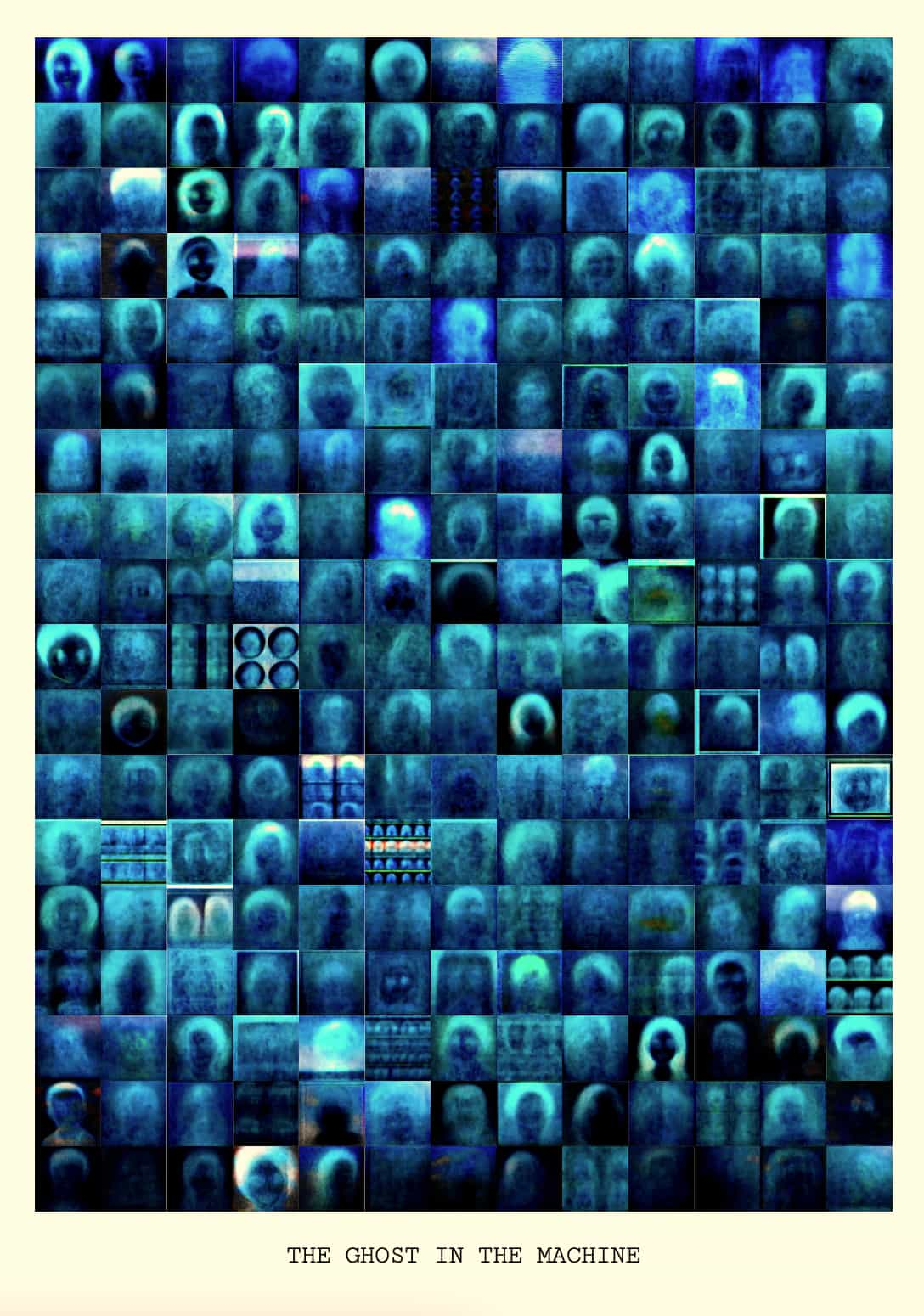
Printed on A3 Posters
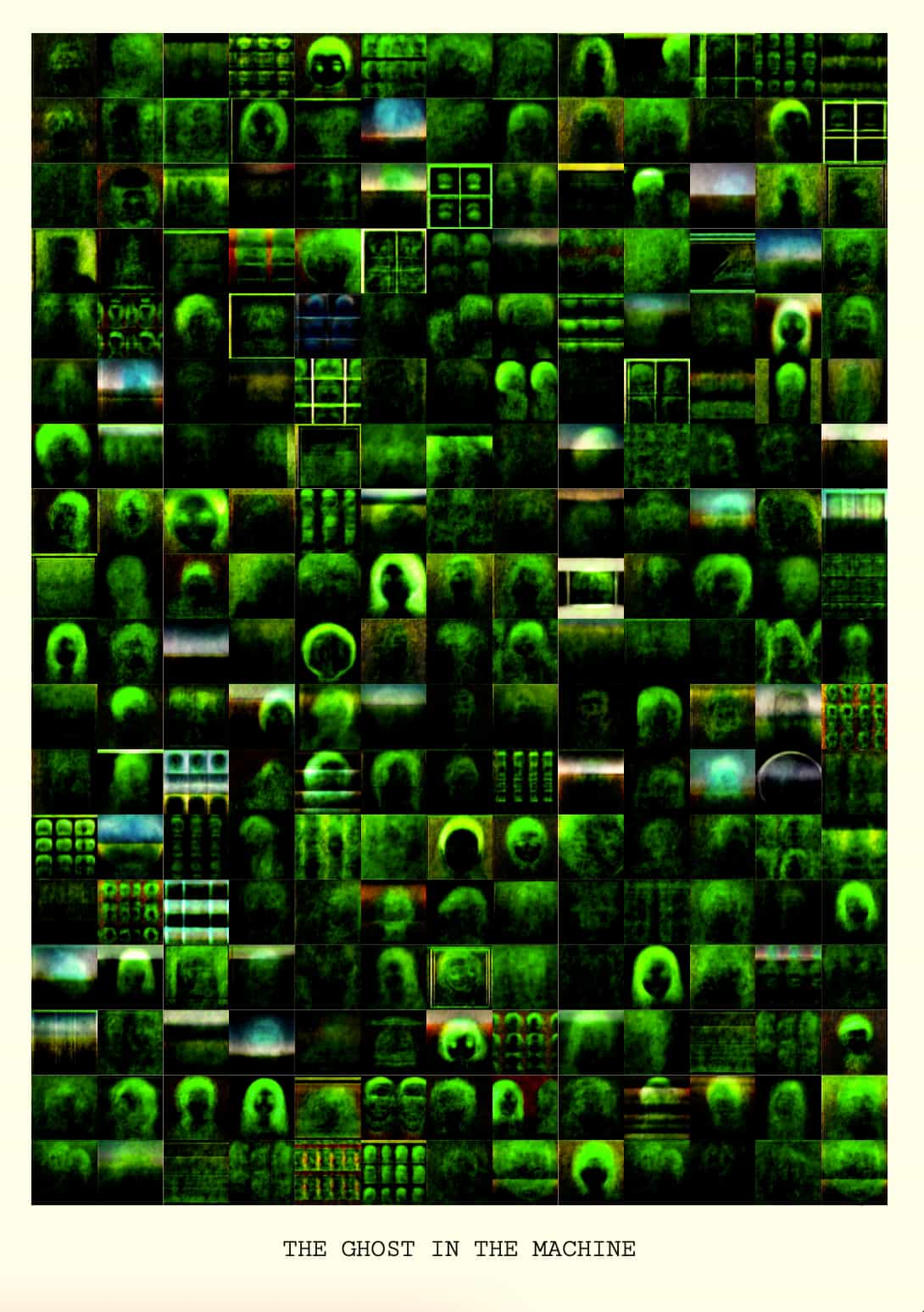
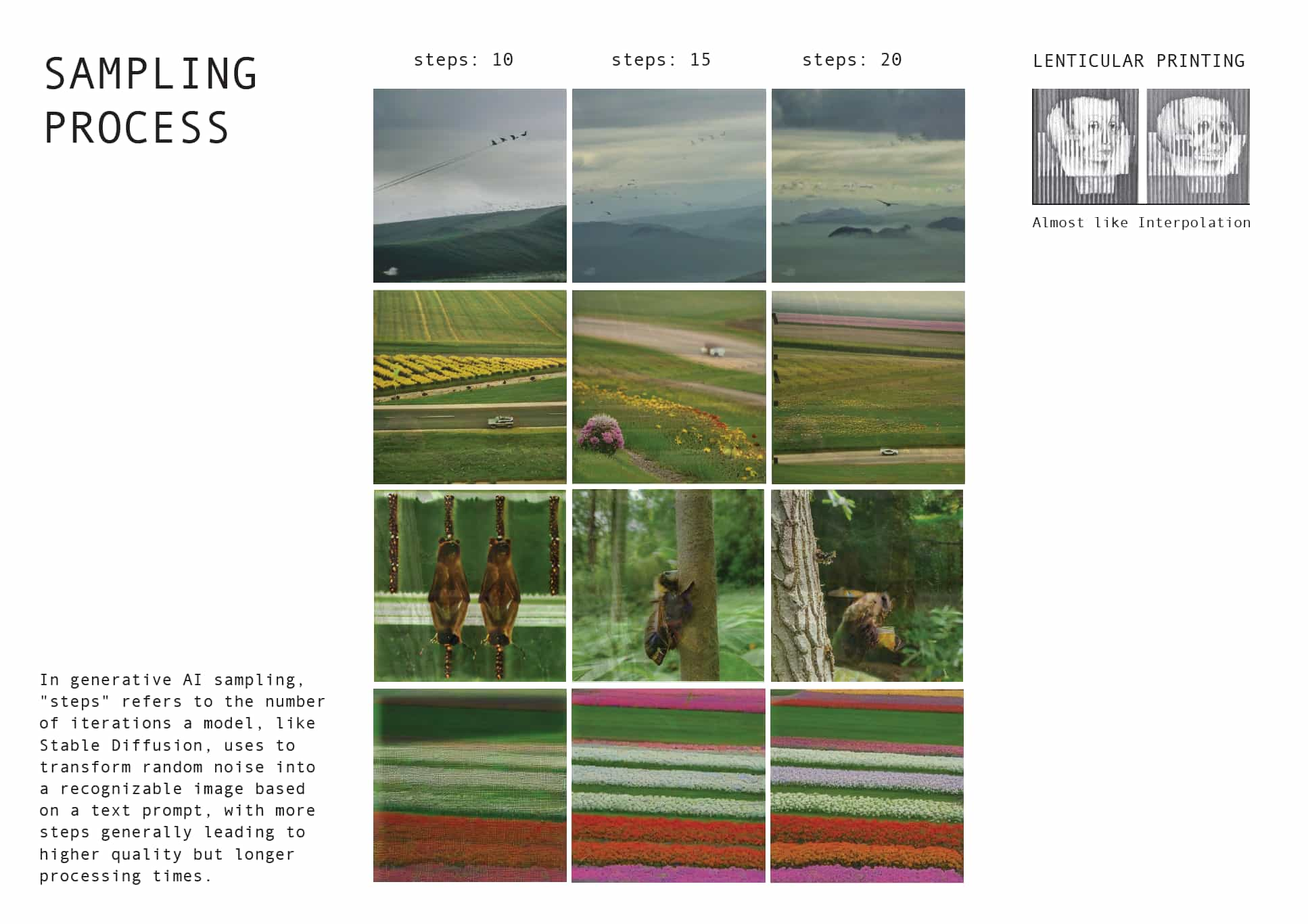
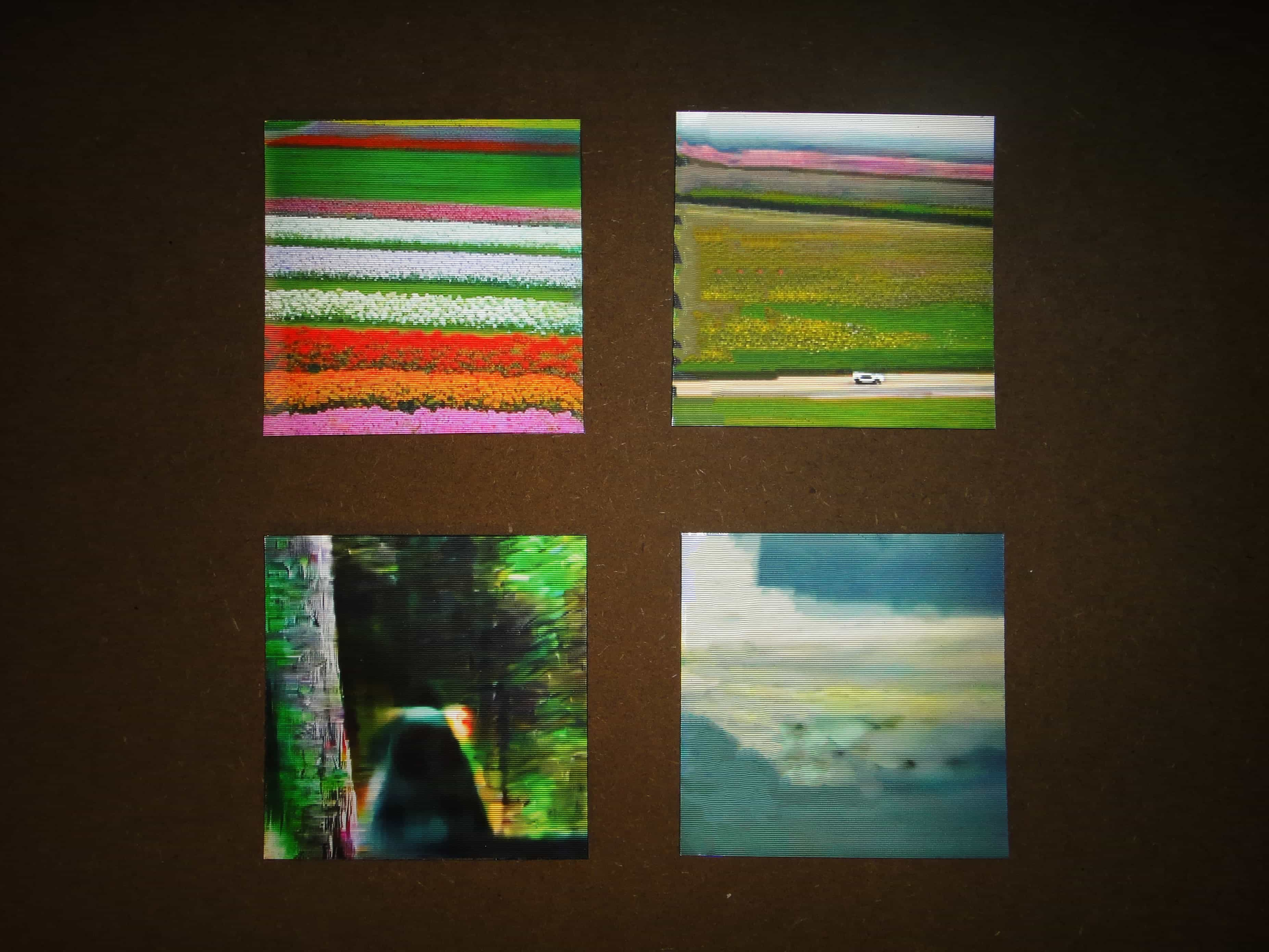
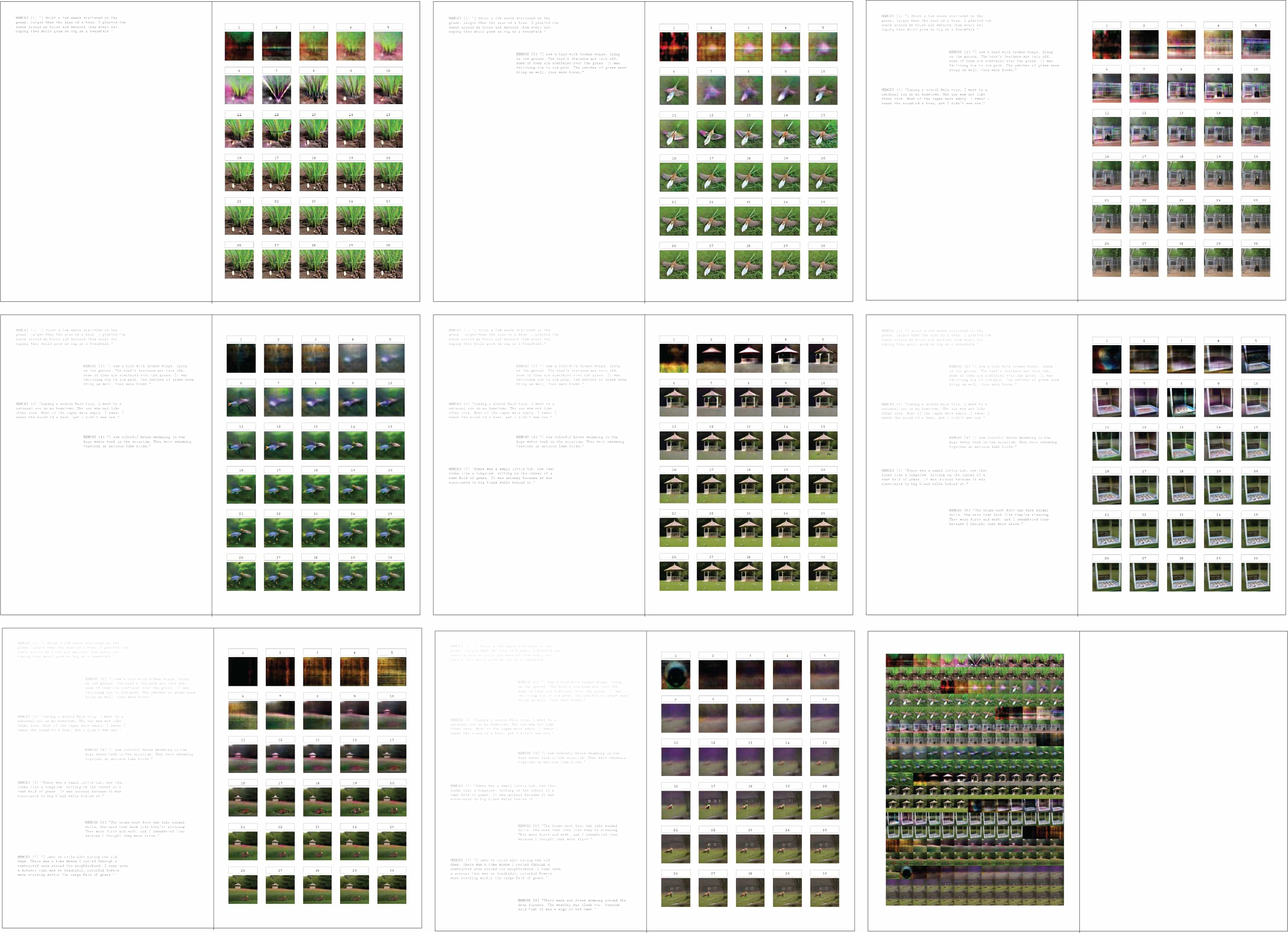
Documentation Lenticular Prints + Publication
Documentation
The images shown in the early steps may not make immediate sense, but they sometimes reveal haunting visuals, like the figure of a face that feels ghostlike or smooth gradients that form naturally. These are glimpses of the AI’s evolving process, captured just before the final image takes shape.
Oftentimes, when people tries to generate an image, they only see the final image as the outcome.
Hence, I want to incorporate these live-time process images as part of the final outcome for them to see how the image initially started as. These live-time images can be so beautiful yet they are overlooked.
Lenticular Printing
When sharing these live-time images to my partner, he suggested a printing format that I could make use of, which is lenticular printing. Lenticular printing is like a GIF images in physical format; it allows you to print 2-3 images in a single print.
I thought that this was a good idea to show the process, and it also has an fun interactive feature where users can just look at these processes images by moving the prints or look at it from different angles. Hence, I decided to give it a try and print out 4 of them by custom print service (Due to the financial expense, its unnecessary to print out lots of them)
Publication
I also decided to also print out some explanations for visitors to read and look at the images through a simple publication that I designed. The publication consists of a short introduction filled with explanation and also images that are layout nicely that shows the outcomes generated from the workflow that I have built.
I inputted 8 memories, 8 written prompts to produce the images generated within 30 steps of sampling process. They show the live process of the machine polishing the image from a random noise to a clear visual. Each image is generated using a blend of prompts that accumulate across iterations. Traces of earlier prompts still linger, such as a fish that was meant to be swimming in a tank now appearing among blades of grass.
Scanned Publication
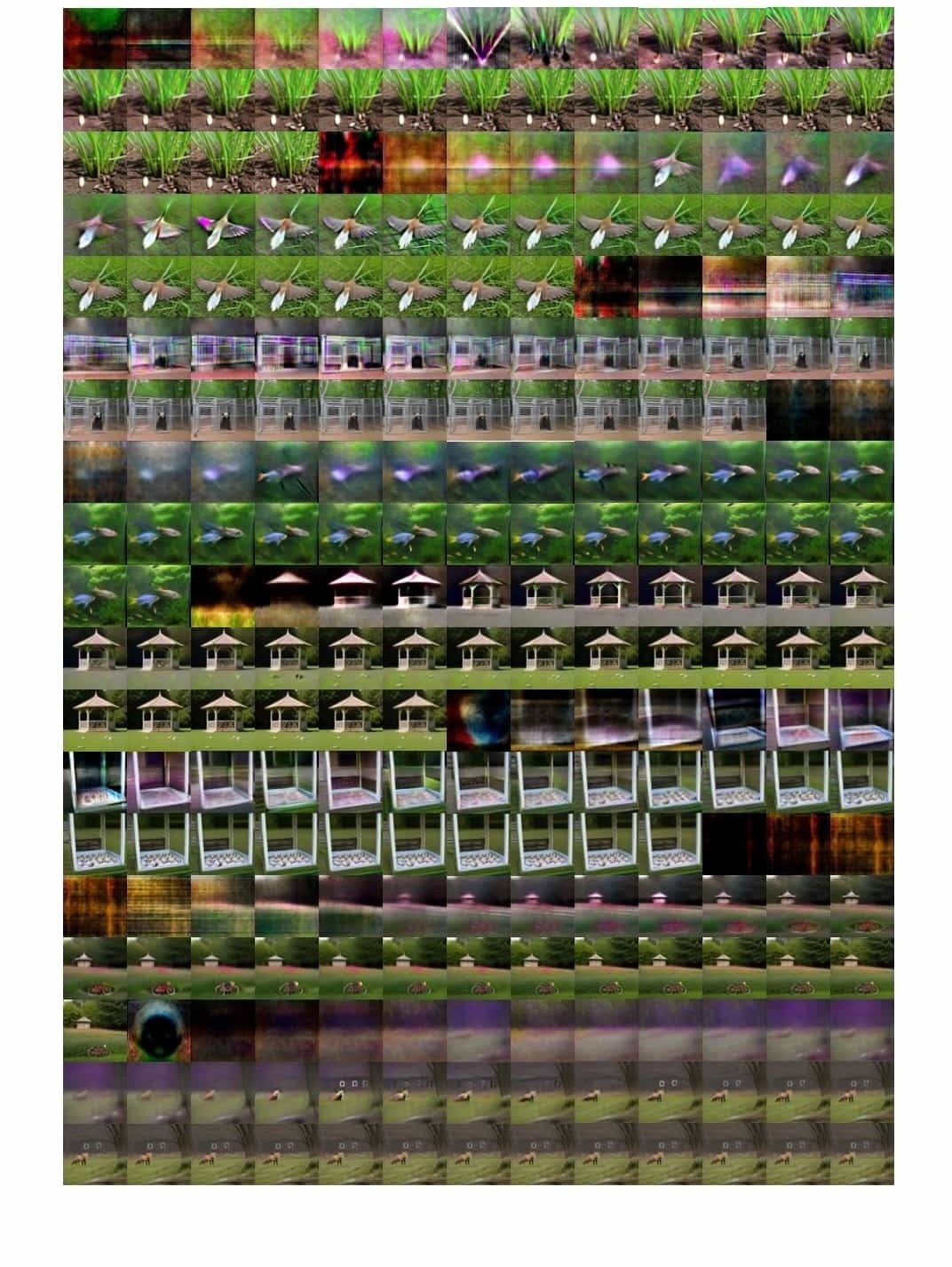
Baking Images [Publication]
I printed them out in A3 paper (100 gsm), with saddle-stitch binding, a simple publication that consists of 20 pages that have lighter feel to it. As viewers flip through the book, until the final page, they will see all of the images that have been generated with all of the prompts.
Final Reflection
I felt like the cover of the publication could be better. The reason why I decided to just use a simple text is because it is the safest option. I couldn’t think of any interesting idea to design the cover, and I felt like I should have put more time on it than I had expected.
As for the lenticular printing and posters that I printed out, I showed them to my peers and they suggested that it would be nice to see the prompts behind them.
Moving on for the next week, I planned on focusing on the interactive setup. I don’t have that much of knowledge behind creating a backhand system; therefore, I need to research a bit and ask chatGPT about the technical parts.